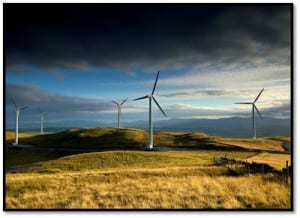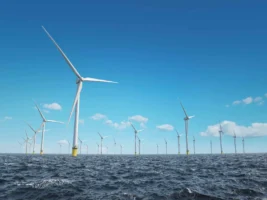The Lismore City Council has given approval to two community owned solar farms as part of its 100 per cent renewable energy goal.
The council on Tuesday voted to proceed with the community solar proposal, and also voted to endorse the plan to go to 100 per cent renewable energy.

The community solar farm idea has been put together by Starfish Initiatives, which proposes to build two 100kW projects – one at Goonellabah Sports & Aquatic Centre and the other at East Lismore Sewage Treatment Plant.
The Farming the Sun community solar energy collaboration, as Starfish describes it, would be the first venture that would see joint ownership of a solar farm between a council and the local community.
It is designed as the flagship project for the 100 per cent renewable energy plan and is expected to be built in 2015.
Starfish head Adam Blakester said the project would have been bigger, but the uncertainty around Renewable Energy Target meant the size of the solar farms will have to be restricted to 100kW, where it can claim certificates under the small scale scheme, but not the large scale scheme, which is at a standstill.
This smaller project size has also necessitated a change of legal structure and financial model, to a simpler arrangement ~ using a loan rather than power-purchase arrangement ~ although it will still be funded by community investors.
A feasibility study conducted by Starfish – which is also involved in the NSW government supported plan to create a zero net energy town in NSW – says a loan of around $500,000 would be needed.
This would be serviced by interest rates of 6.95 per cent, which would be covered by the savings in electricity costs.
It anticipates an indicative full franked return for community investors of 4 per cent per annum. Investments will range from $5,000 to $10,000, from between 40 and 80 community investors.
“This is an investment in change, with the greatest gain for investors being their profile and influence on the transition to renewable energy, plus a reasonable return on investment to boot,” Blakester told RenewEconomy.
Two community owned companies will be established – one for each solar farm – and will raise money from investors. The money will then be lent to the council, to build the solar farm, and council will repay that loan over a seven year term.
Blakester says the use of a community financed loan, rather than a power purchase agreement, will significantly simplify and de-risk the community investment structure for local investors. He says this is important for small, community owned projects.










